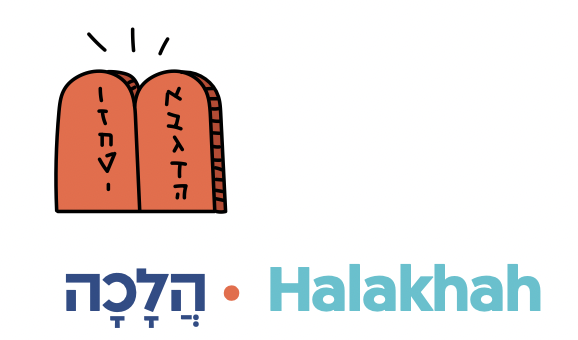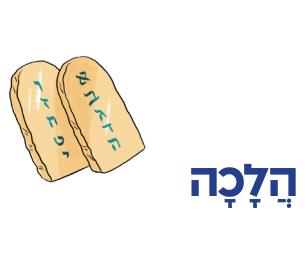Illustration Credit: Elad Lifshitz, Dov Abramson Studio

Halakhah הֲלָכָה
Did you know that some insects are kosher?!
אַ֤ךְ אֶת־זֶה֙ תֹּֽאכְל֔וּ מִכֹּל֙ שֶׁ֣רֶץ הָע֔וֹף הַהֹלֵ֖ךְ עַל־אַרְבַּ֑ע אֲשֶׁר־[ל֤וֹ] (לא) כְרָעַ֙יִם֙ מִמַּ֣עַל לְרַגְלָ֔יו לְנַתֵּ֥ר בָּהֵ֖ן עַל־הָאָֽרֶץ׃
But these you may eat among all the winged swarming things that walk on fours: all that have, above their feet, jointed legs to leap with on the ground.
From this pasuk, we know that kosher insects must have four legs plus an additional set of legs used for jumping. Hazal add another two kosher signs for bugs:
וּבַחֲגָבִים, כֹּל שֶׁיֶּשׁ לוֹ אַרְבַּע רַגְלַיִם, וְאַרְבַּע כְּנָפַיִם, וְקַרְסֻלַּיִם, וּכְנָפָיו חוֹפִין אֶת רֻבּוֹ. רַבִּי יוֹסֵי אוֹמֵר, וּשְׁמוֹ חָגָב.
For locusts, all that have four legs, four wings, leaping legs, and wings covering the greater part of its body (are kosher).
R. Yose says it also has to be called “locust.”
The Torah lists some names of insects that would fit into these categories (11:22), but most communities believe we aren’t totally sure about how to identify them. It seems they are all some type of locusts, crickets, or grasshoppers.
The Shulhan Arukh (Yoreh Deah 85) teaches two halakhot about kosher insects:
- You cannot rely on the signs alone. They also must be called locusts or have a tradition that they were called locusts and that they are kosher.
- Locusts, just like fish, do not need to be slaughtered and are categorized as pareve.
Certain Moroccan and Yeminite communities have passed down traditions that identify which locusts are kosher. Even though the custom in other communities has been not to eat locusts, they can rely on those traditions and eat those locusts!
- Would you like to try locusts?
- What special kosher foods are you familiar with from your family or community? How can keeping kosher help us stay connected to our traditions?
-------------------
-------------------





